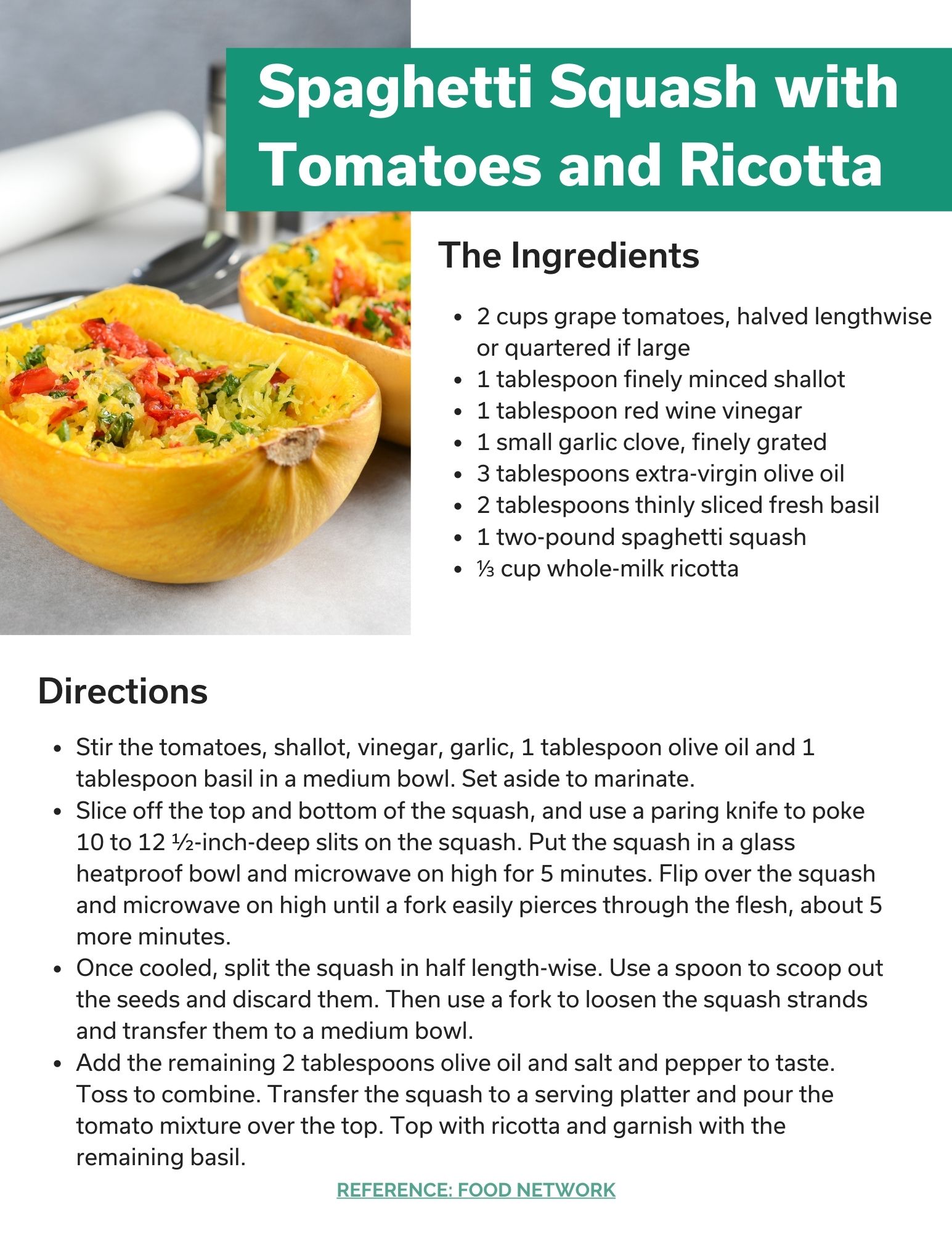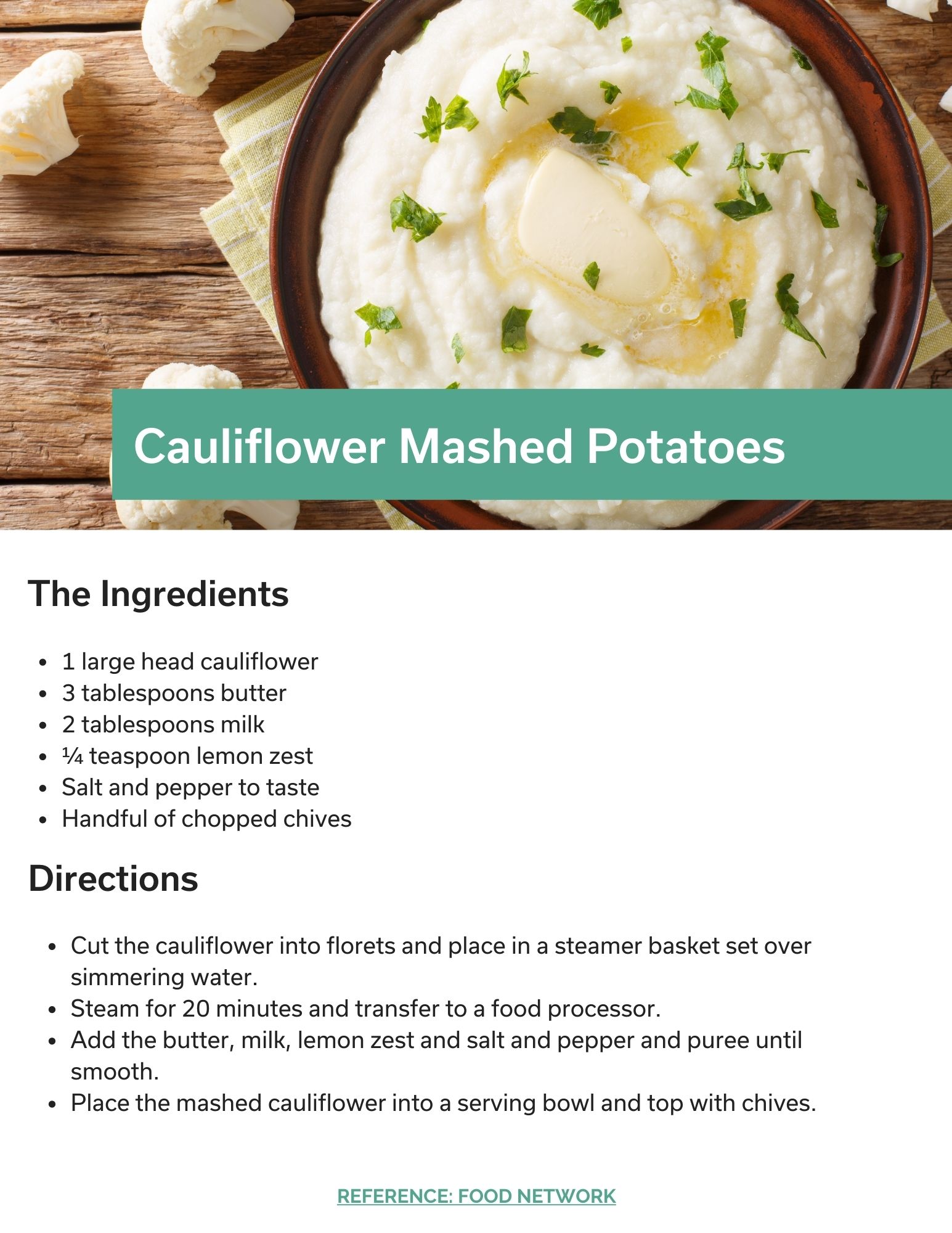Nutrition for Kids: How to Incorporate Healthy Foods

If you’ve ever taken your child or grandchild to the grocery store, it’s no secret that they bypass the produce section and head straight to the middle aisles where all the tasty cookies, chips and frozen treats linger. They’re called junk food for a reason.
Unfortunately, many of the foods children love don’t contain any nutrients, and that’s a big problem in our country. Ninety percent of children don’t eat enough vegetables and 60 percent don’t eat enough fruits, according to the Centers for Disease Control and Prevention’s latest analysis from 2014.
That’s why we’re delving into how you can incorporate more healthy foods into your child’s diet. We discuss how to talk to your child about nutrition, go over which nutrients your child needs to grow and share easy recipes you can try at home.
Nutritional needs for children
Eating fruits, vegetables and lean proteins are beneficial to people of all ages, especially children who need vitamins and minerals to grow.
Your body needs nutrients — both macronutrients and micronutrients — for energy and to maintain normal bodily functions. Carbohydrates, fats and proteins are macronutrients because your body uses them the most. Vitamins and minerals are micronutrients because your body uses smaller amounts of them. That doesn’t diminish their importance, though. Micronutrients assist with development, disease prevention and wellbeing.
When analyzing your child’s health needs, a good rule to follow is to focus on the type of nutrients they need instead of how much they need. For example, instead of harping on how many carbohydrates they should eat, zero in on them eating healthy carbohydrates such as whole grains instead of processed, refined carbohydrates. That’s because not all carbohydrates are the same. Fruits and vegetables contain carbohydrates, but they are of the healthy variety.
The same goes for fats. Instead of being intent on limiting fats, choose healthy fats over saturated fats. Butter, fried foods and red meat are high in saturated fat, especially fattier cuts such as ribeye or chuck roasts. As an alternative, serve your child fish, nuts and seeds as they all contain healthy unsaturated fats. Plant-based oils, such as olive oil, are preferred for roasting vegetables or using in salads.
When it comes to vitamins and minerals, here are six essential micronutrients to incorporate into your child’s diet.
- Vitamin A: This vitamin is important for eye health, immune system health and tissue repair. Vitamin A is plentiful in brightly-colored fruits and vegetables and sweet potatoes.
- Vitamin B: Children need this vitamin to produce red blood cells. You can find vitamin B in animal proteins and whole grains.
- Vitamin C: The immune system uses vitamin C to help the body heal and fight off harmful pathogens. Citrus fruits, such as oranges, are high in vitamin C. Tomatoes, brussels sprouts, spinach and broccoli also contain high amounts of vitamin C.
- Vitamin D: This vitamin serves many purposes as it helps absorb calcium the body needs to develop bones. It also assists with immune system function. Vitamin D can come from being outdoors in the sunlight or as an additive in milk or other dairy products.
- Iron: Children need iron for motor and cognitive development. It helps produce blood cells and build muscles. You can find iron in animal protein, beans and fortified foods such as cereal or bread.
- Calcium: Children need calcium to develop strong bones and teeth. Milk is the easiest way to introduce calcium into your child’s diet. Dairy products such as yogurt and cheese also have calcium. Choose skim milk over whole milk to avoid saturated fats.
What to cook for kids
Here are several things to consider when it comes time for your weekly trip to the grocery store to plan meals.
Focus on fruits, vegetables and lean proteins
In general, when making a meal for your child, aim for fruits and vegetables taking up half the plate.
When possible, serve them fresh fruits and vegetables. Frozen options work well, too, but be wary of canned goods. Canned vegetables can contain high levels of sodium, while canned fruits can be loaded with added sugar. If you do choose canned fruit, look for labels that read “light” or “packed in its own juice.” Choose fruit juices that contain 100 percent juice and no added sweeteners.
Protein doesn’t always have to come from animals. Beans, soy products, nuts and seeds are all high in protein. Be careful of nuts and seeds that contain added salt, though.
Be wary of processed carbohydrates
When it comes to carbohydrates, few children think twice of slathering white bread with peanut butter and jelly. This is a great opportunity to teach them about refined and processed simple carbohydrates.
These products are high on the glycemic scale, meaning your body processes them quickly without extracting many nutrients. Instead of white bread or white rice, try incorporating whole wheat bread and brown or wild rice. Strive for half of their grains to come from whole grains.
Limit sodium and sugar intake
Sugar and salt are two of the biggest enemies when it comes to your child’s diet. Yes, they make food taste good, but too much sodium can lead to high blood pressure later in life and too much sugar can heighten your child’s risk of childhood obesity and type 2 diabetes.
About 90 percent of children eat more sodium than they should, according to the CDC. More than 40 percent of sodium consumed comes from common feel-good foods such as pizza, burgers, cured meats, fried chicken (nuggets, patties and tenders), pasta and Mexican dishes. Considering about 65 percent of sodium comes from store-bought foods, parents can better control what goes on their child’s plate.
Moreover, sugar-sweetened beverages account for 10 percent of total caloric intake among children and adolescents. Empty calories from sugars and solid fats contribute to 40 percent of children’s daily caloric intake. Many of these calories come from six sources: soda, fruit drinks, dairy desserts, grain desserts, pizza and whole milk.
A quick solution is to opt for reduced sodium chips and crackers and swap soda and sports drinks for water. Ditch the ice cream and cake for a healthier snack of apples and peanut butter — just ensure the peanut butter is all natural and free of added sugar or salt.
How to add veggies into meals
If your child isn’t keen on eating their vegetables, it’s common to think of how you can “sneak” veggies into their meals. While it sounds easy to do and get away with, tricking your kids defeats the purpose of encouraging them to get accustomed to veggies in the first place. Sure, you can puree broccoli or cauliflower and hide it in macaroni and cheese, but where’s the growth in that?
Instead, focus on adding veggies in a healthier and productive way as a substitute for traditional dishes. Here are three easy recipes you can use to incorporate more veggies in your child’s meals.
Spaghetti squash with fresh tomatoes and ricotta
This winter squash earned its name from the spaghetti-like strands it makes when cooked and removed from its shell with a fork. Spaghetti squash is a low-calorie and low-carb alternative to refined white pasta. It also contains calcium, magnesium and vitamins A, C and D.
Cauliflower mashed potatoes
Whether it’s meatloaf and mashed potatoes or chicken nuggets and mashed potatoes, this creamy potato dish is the ultimate comfort food. But white potatoes are a simple carbohydrate and are often paired with mounds of butter and heavy cream. Pureed cauliflower offers a similar texture to mashed potatoes with far more nutritional value.
Berry spinach smoothie
Kids love smoothies and milkshakes, so it only seems natural to try and serve them healthier varieties. Although this seems like an easy way to sneak in spinach, be upfront with your child and explain to them what you added and why. Chances are, they won’t even notice the taste anyway. With the addition of spinach, chia seeds and almond milk, this smoothie is packed with potassium, fiber, vitamin A, vitamin C and calcium.
Teaching nutrition to kids
Children tend to take after their parents in many aspects. They grow up wanting to be like them, mimicking how they act or how they look. The same goes for food.
Teaching kids about nutrition starts with you, the parent. Be a healthy role model for them and send the right message about what is good for their body. There is nothing more contradictory than preaching healthy eating only for you to live a life full of poor dietary choices.
Be positive about food and don’t force your kids to eat. Figuratively gluing them to a chair before they finish their dinner plate can create bad habits and manifest negative feelings. Don’t incentivize eating, either. For example, don’t make your child eat something they don’t like with the promise of getting a candy bar after. This also creates poor habits.
In the same breath, being too critical of foods, constantly dieting or being too strict with rules may have a counteractive effect where your child may be more inclined to choose unhealthy foods. Don’t become overbearing in hammering home the need to eat healthy. After all, children are children and they deserve rewards in moderation. An ice cream treat every so often isn’t going to hurt them, but consuming loads of sugar each day will.
Get kids involved by cooking meals with you. During the process, explain the benefit of making healthy choices and discuss the nutritional impact of each food.
How to read food labels
Children are exposed to books at an early age, so they’re likely familiar with the table of contents at the beginning of their reading materials. Comparing food labels to a book’s table of contents is an easy way to help them relate. Just as a table of contents explains what’s inside the book, a food label helps inform them of the fat, calories, carbohydrates, vitamins and minerals present in their food.
Food labels measure fat, calories, protein, cholesterol, sugar, dietary fiber and sodium in grams (g) or milligrams (mg). Explain to your children how there are 1,000 milligrams in a gram. To give them a point of reference, there are 453.6 grams in a pound.
Vitamins and minerals are represented in percentages based on their recommended daily amount. For example, a label with 15 percent vitamin C means a single serving has 15 percent of the recommended intake of vitamin C.
Below the nutritional facts, teach them the value of understanding the ingredient list. In general, the fewer the ingredients, the better the food is for you. Complex ingredients with hard to pronounce names shouldn’t make up most of their diet.
When eating packaged goods, such as cookies or candy, this is an easy way to expand on the dangers of consuming too many processed foods. Food manufacturers disguise sugar on packages by using words such as high fructose corn syrup, sucrose or lactose. They all mean the same thing — added sugar. Even “healthier” brands use words such as brown rice syrup, agave nectar or cane syrup. They sound better for you but sugar, no matter how you slice it, is still sugar.
Understanding food labels will provide a basic understanding, but it’s not a one-size-fits-all example. Food labels are based on a 2,000-calorie diet. Many children shouldn’t be eating that much, so it won’t apply to them.
Still, at the very least, food labels can help teach your child about nutrition in general and the importance of serving sizes. If the serving size for a box of cookies is two and your child eats four, you can explain how they just ate two servings of cookies.
If you think your child is struggling to eat the proper nutrients, contact your pediatrician or consult with an INTEGRIS Health dietician for tips and suggestions.







